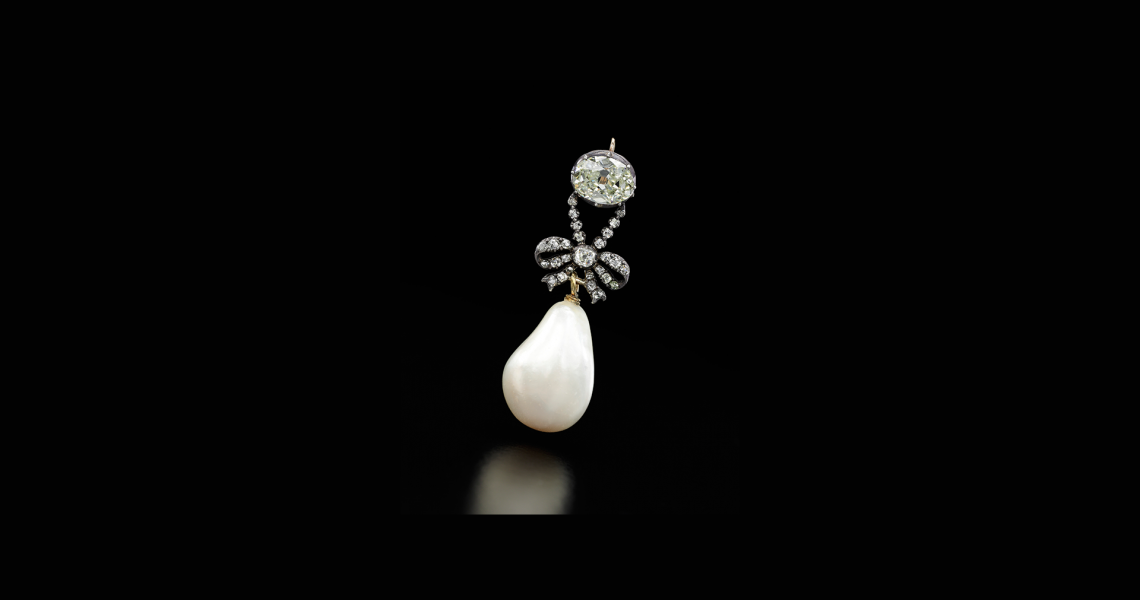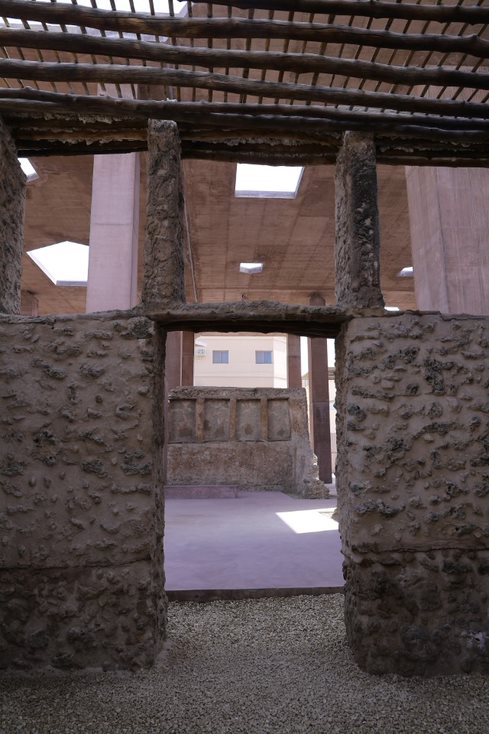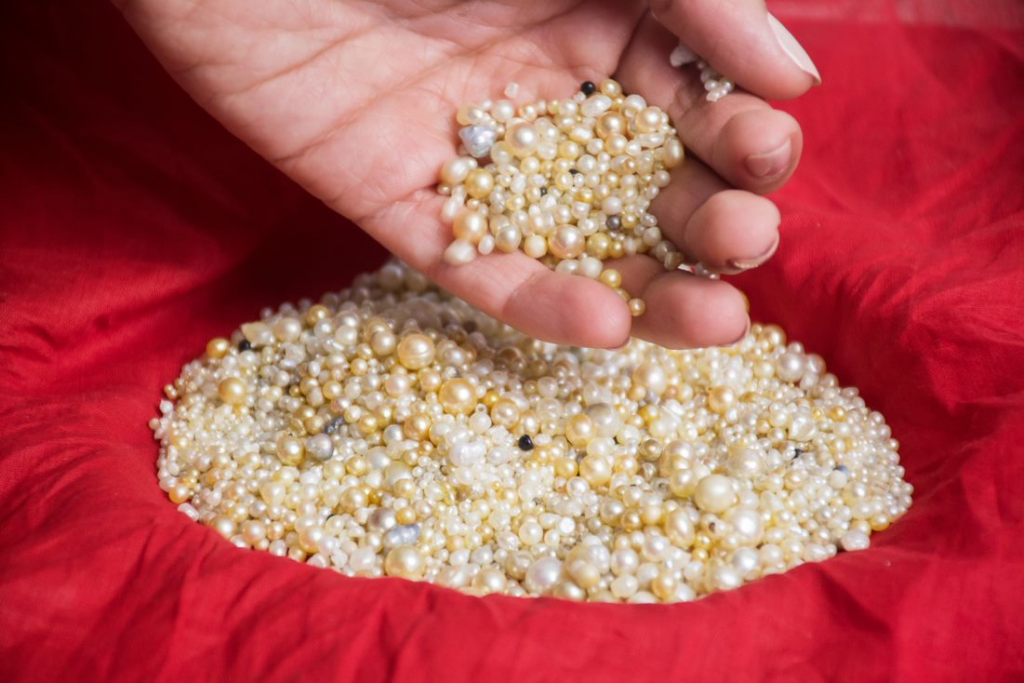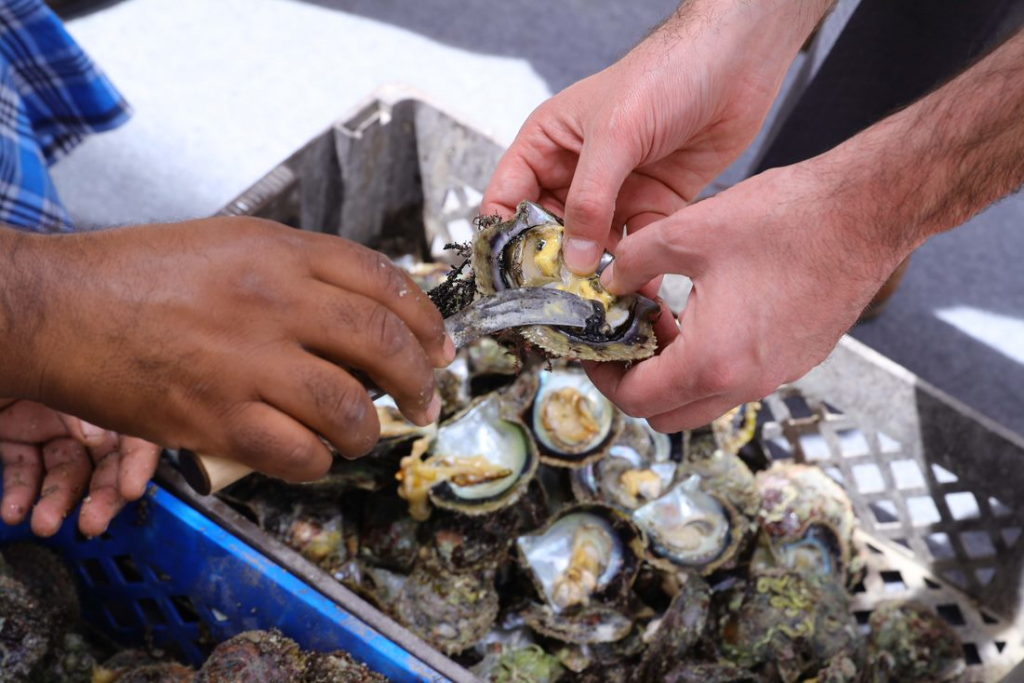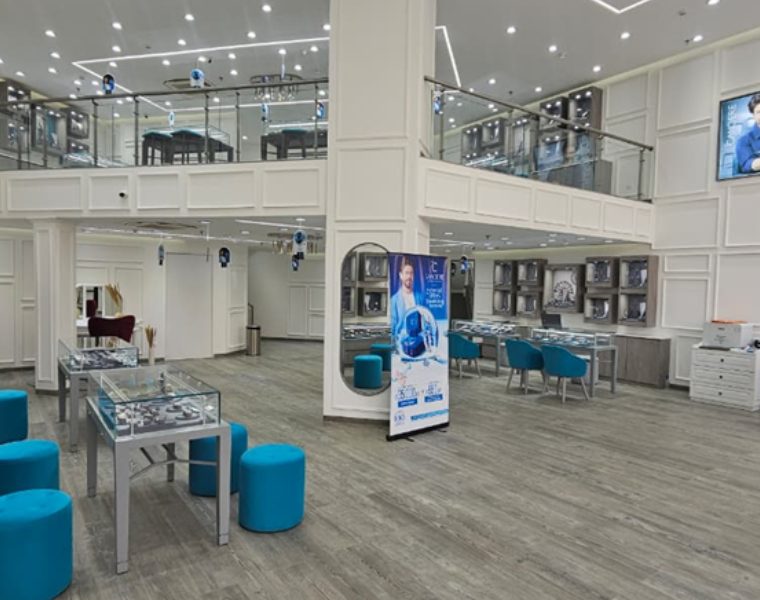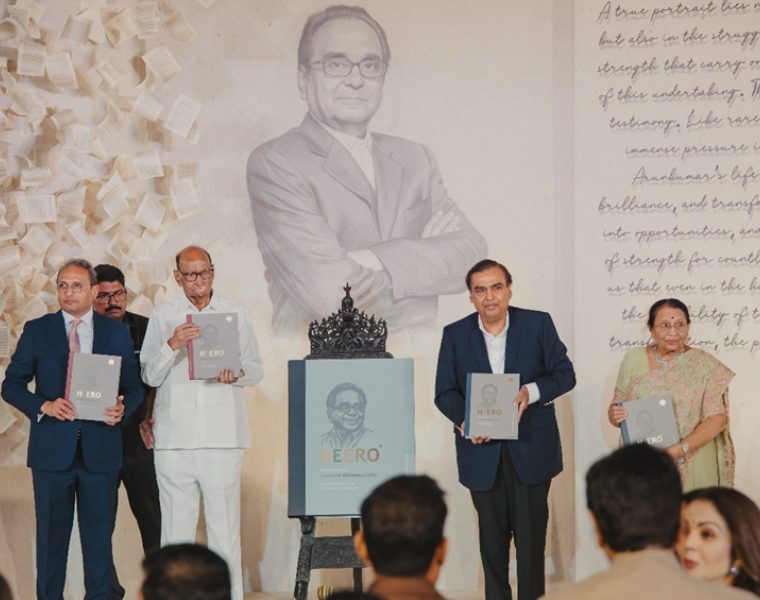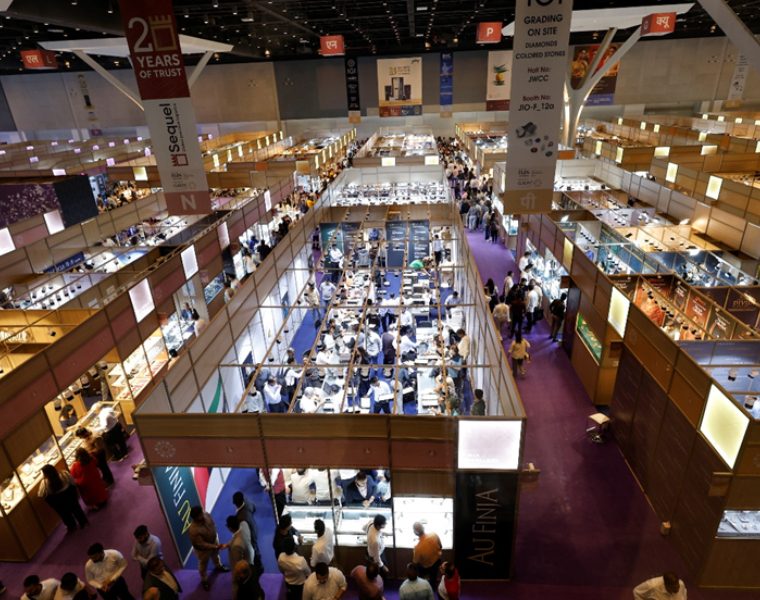Extremely rare and magnificent natural pearl jewels are increasingly sought after in the high-value auctions market and can have investment potential, a reflection of tight supplies and robust demand by collectors and buyers.
The economic turmoil linked to the coronavirus pandemic has increased pressure on investors to seek assets that can yield strong returns, and now extraordinary natural pearls are in focus.

Recent auctions have seen a frenzy of demand by collectors and buyers for natural pearl items, even more so for those that have an extra special “provenance”, or record of ownership.
The most notable example was the sale of a pearl pendant that had once belonged to ill-fated French Queen Marie Antoinette, by Sotheby’s in Geneva in November 2018.
Sotheby’s had set a pre-sale estimate of $1-2 million for the exceptional and highly important natural pearl and diamond pendant.
However, such was the ferocity of bidding from around the world, that the pendant, whose pearl measured 15.90 mm by 18.35 mm by 25.85 mm, reached a world record price of $36 million, the highest price ever paid for a pearl jewel.
As the bidding edged to a close in the luxury Mandarin Oriental hotel, you could hear a pin drop in the sales room.
A rapid-fire ping-pong battle between two telephone bidders had run out of steam and both of them were taking a lot longer to make up their minds before bidding further.
The contest between the two bidders had lasted for over 10 minutes in the packed auction room, at one point rising swiftly by one million Swiss francs every bid, before one of the bidders, an anonymous private buyer, finally bought the pendant and a big round of applause rang out.
The extraordinary price for the pearl was very much due to its provenance – the fact that the last Queen of France had held this piece in her collection before going to the guillotine.
“It is extremely difficult to calculate how much the provenance will add to the value of a piece of jewellery, and in this case much of the price achieved for the pearl pendant was due to its story relating to Marie Antoinette,” Daniela Mascetti, Chairman Jewellery Europe of Sotheby’s, said after the sale.
Natural pearl jewellery has been worn as a symbol of wealth for centuries. Portraits of society personalities wearing pearls reinforced their social position and prestige.
More recently, competition from cultured pearls, developed by mankind, has made pearl jewellery much more widely available to people.
But the extreme rarity of natural pearl jewellery underscores its potential value as an investment.
“There is no doubt that the natural pearl market has seen a considerable resurgence in the past decade,” said Jean Ghika, global head of jewellery at Bonhams auction house.
“Buyers and collectors tend to favour pearls with smooth, blemish-free skins. In addition they focus on the size, shape, lustre and colour of individual pearls.”
Examples that combine all these criteria are becoming increasingly rare.
The pollution of the world’s oceans is accentuating the rarity of natural pearls. “Over-fishing and pollution in the waters that have historically yielded the best and most constant supply of natural pearls, have led to a dramatic reduction in examples found,” Jean Ghika said. “This lack of supply is certainly a factor in the renewed appreciation of natural pearls in recent years and plays a part in the increase in prices.”
There is undoubtedly huge interest in natural pearl pieces in the high-value jewellery auctions market.
In Sotheby’s live Magnificent Jewels and Noble Jewels sale in Geneva on June 23, 2020, a pair of natural pearl and diamond earrings attracted vigorous bidding, selling for a hammer price of 240,000 Swiss francs (CHF), soaring above a pre-sale estimate of 80,000-120,000 CHF.
Certification
Certification of natural pearl jewellery by the Bahrain Institute for Pearls and Gemstones (DANAT), gives greater authority to a natural pearl lot at auction.
“Selecting DANAT for natural pearl and gemstone authentication and verification makes complete sense for all our audiences because we have been established in the very location where the world’s finest pearls are discovered,” said DANAT CEO Noora Jamsheer.
“Our knowledge and understanding of the industry has been passed down through generations of local people supported by some of the brightest minds in the field.”
The auction houses also believe strongly in certification.
“Certification is of paramount importance,” said Marie-Cécile Cisamolo, a Geneva-based specialist at Christie’s.
“When we offer for sale a jewel set with natural pearls, we get one or two certificates from independent laboratories. When we offer for sale a jewel set with a pearl that is not tested, we always note in black and white (and bold!) in the catalogue that the pearl has not been tested, so that the client is well aware before his or her purchase.”
An example of a natural pearl jewel that achieved an extraordinary price, in part thanks to its certification, was a natural pearl and diamond drop pendant, measuring 23.30 mm by 14.12 mm, sold by Bonhams New York in December 2017.
Accompanied by a report from an internationally recognised lab stating that the pearl was natural and saltwater, an appendix letter said, “A natural pearl of this size and quality can be considered rare and (an) exception.”
Exquisite signed natural pearl jewels, from prestigious houses (maisons), with the support of certification, are well-positioned to achieve strong results at auction.
A pair of natural pearl and diamond earclips, by Sterlé, circa 1950, measuring 13.77 mm by 18.50 mm and 13.5 mm by 17.2 mm, accompanied by certification from an internationally recognised lab stating that the pearls were natural and saltwater, were sold by Bonhams, New Bond Street, for 268,812 pounds (GBP) in December 2019 – a big multiple of the pre-sale estimate of 50,000-70,000 GBP.
Pierre Sterlé (1905-78) was one of the most important jewellers working in Paris during the mid-20th century
Buyer beware
Collectors of pearl jewellery who have investment in mind, need to be absolutely certain of what they are buying, and have to be aware of the difference between natural pearls and cultured pearls.
The market for natural pearl jewellery is entirely different to the market for cultured pearl jewellery.
“There are no issues with supply (of cultured pearls) and as a result the market has a much broader appeal and the entry level price point is considerably lower (than natural pearls) and open to a much wider audience,” Jean Ghika said.
Just 0.2% of pearls are natural, while the remainder are cultured, according to Bahrain’s DANAT.
Today the Kingdom of Bahrain is a vital source of natural pearls, and is taking proactive steps to protect its marine environment to safeguard future supplies.
Bahrain has obtained approval and authorisation of the World Heritage Committee for inclusion of the “Pearl Path” site on UNESCO’s World Heritage List.
In some areas of Bahrain, populated with about 30 molluscs per square metre, for pearls measuring 3 mm or more, about one pearl is found for every 370 molluscs.
About 7 kg of natural pearls are fished every year from Bahraini waters.
In order to preserve its natural pearl-related heritage, trade and economy, Bahrain issued a public notice in 1928, prohibiting anyone from selling, offering for sale, or possessing cultured pearls for trading. Nowadays this is in force by law.
The elite of the jewellery world have long understood the importance of Bahrain as a source of exquisite and rare natural pearls.
Jacques Cartier, who managed Cartier London, visited Bahrain in 1912 to directly source natural pearls for the maison. He witnessed first hand the diving for pearls in the Arabian Gulf.
Competition
When cultured pearls from Japan reached the market around the 1930s, the natural pearl business in Bahrain was greatly affected, decreasing natural pearl related revenues by more than 70 percent.
However, natural pearls have remained integral to Bahrain’s economy and culture, and that is reflected in today’s status of Bahrain in the natural pearl industry.
“Considering the rarity of these pearls, they are worth searching for,” said DANAT gemmologist Zainab Mohammed.
Bahrain, in collaboration with Christie’s, hosted “Magnificent Pearls”, the world’s largest ever exhibition of natural pearls in March 2019.
DANAT was closely involved in the exhibition from the outset and tested more than 60 items of natural pearl jewellery.

“As home to some of nature’s finest natural pearls we have an obligation to uphold the highest standards of authenticity as well as to preserve our natural heritage.”
– DANAT’s Noora Jamsheer

